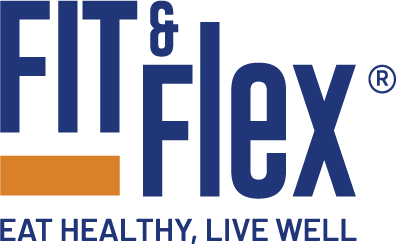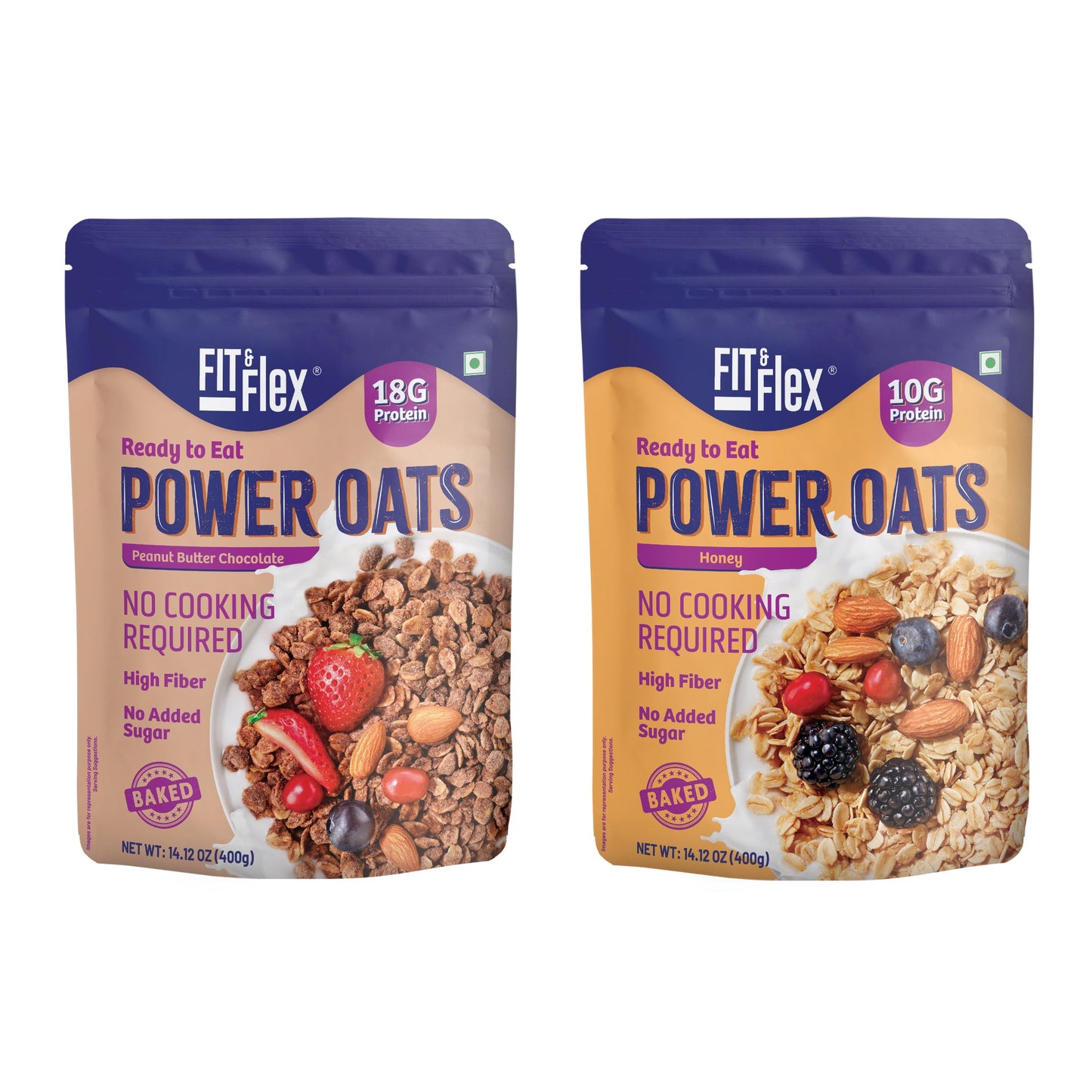DIY Breakfast Bars: Creating Your Own Custom Granola, Oat, and Muesli Bars

Creating your own breakfast bars at home is not only fun and rewarding but also allows you to customize them to suit your taste preferences and dietary needs. Here's how you can make your own custom granola, oat, and muesli bars:
Ingredients:
- Rolled oats
- Nuts and seeds (such as almonds, walnuts, pumpkin seeds, sunflower seeds)
- Dried fruits (such as raisins, cranberries, apricots)
- Honey or maple syrup (as a sweetener and binding agent)
- Nut butter (such as almond butter, peanut butter)
- Coconut oil (for moisture and texture)
- Optional add-ins (such as chocolate chips, shredded coconut, spices like cinnamon or nutmeg)
Instructions:
-
Prepare Your Base: Start by toasting the rolled oats in a preheated oven until they are lightly golden and fragrant. This step enhances their flavor and texture. Once toasted, transfer the oats to a large mixing bowl and let them cool slightly.
-
Mix in Nuts, Seeds, and Dried Fruits: Add your desired combination of nuts, seeds, and dried fruits to the bowl with the toasted oats. Mix everything together until well combined. This is where you can get creative and add your favorite ingredients for flavor, texture, and nutritional benefits.
-
Combine Wet Ingredients: In a small saucepan, heat together honey or maple syrup, nut butter, and coconut oil over low heat until melted and smooth. This mixture will act as the binder for your breakfast bars, holding everything together.
-
Mix Wet and Dry Ingredients: Pour the melted mixture over the dry ingredients in the mixing bowl. Use a spatula or wooden spoon to thoroughly mix everything together until the oats and other ingredients are evenly coated.
-
Press into a Pan: Transfer the mixture to a lined baking dish or pan. Use a spatula or your hands to press the mixture firmly and evenly into the pan. Make sure to compact it tightly to ensure that the bars hold together once they're set.
-
Chill and Set: Place the pan in the refrigerator for at least 2-3 hours, or until the mixture is firm and set. This chilling time allows the ingredients to bind together and makes it easier to cut the bars into uniform shapes.
-
Slice and Serve: Once the mixture is fully set, remove the pan from the refrigerator and use a sharp knife to cut it into individual bars or squares. Store the bars in an airtight container in the refrigerator for up to one week, or freeze them for longer storage.
Customization Tips:
- Experiment with different combinations of nuts, seeds, and dried fruits to create unique flavor profiles.
- Adjust the sweetness level by adding more or less honey or maple syrup to suit your taste preferences.
- Incorporate fun add-ins like chocolate chips, shredded coconut, or spices for extra flavor and texture.
- Feel free to swap out ingredients based on dietary preferences or restrictions. For example, use gluten-free oats for a gluten-free version, or swap honey for maple syrup for a vegan option.
Q1. Are homemade breakfast bars healthier than store-bought ones? Homemade breakfast bars can be healthier than store-bought ones because you have control over the ingredients used. You can choose wholesome ingredients and avoid artificial additives or excessive sugar commonly found in commercial products.
Q2. How long do homemade breakfast bars last? Homemade breakfast bars can last for about a week when stored in an airtight container in the refrigerator. You can also freeze them for longer storage and thaw them as needed.
Q3. Can I make breakfast bars without nuts for allergies? Yes, you can make breakfast bars without nuts by omitting them or substituting them with seeds or additional dried fruits for texture and flavor.
Q4. Can I make breakfast bars without using sweeteners? Yes, you can make breakfast bars without sweeteners by using naturally sweet ingredients like ripe bananas or unsweetened applesauce to bind the ingredients together. However, keep in mind that the texture and flavor may be different.
Q5. Can I use alternative grains like quinoa or amaranth in breakfast bars? Yes, you can use alternative grains like quinoa, amaranth, or millet in breakfast bars for added variety and nutrition. Simply cook the grains according to package instructions and use them as you would rolled oats in the recipe.
Q6. Are breakfast bars suitable for a vegan diet? Yes, you can make vegan-friendly breakfast bars by using plant-based sweeteners like maple syrup or agave nectar, and nut butter instead of dairy-based ingredients. Just ensure that all the ingredients used are vegan-friendly.
Q7. Can I add protein powder to breakfast bars for extra nutrition? Yes, you can add protein powder to breakfast bars to boost their protein content. Simply mix the protein powder with the wet ingredients before combining them with the dry ingredients.
Q8. How can I prevent my breakfast bars from crumbling? To prevent your breakfast bars from crumbling, make sure to press the mixture firmly and evenly into the pan before chilling. Additionally, ensure that the mixture is well-coated with the binding ingredients to help hold everything together.
Q9. Can I customize the size and shape of my breakfast bars? Yes, you can customize the size and shape of your breakfast bars by using different sizes of baking pans or by cutting them into different shapes once they're set. Just adjust the pressing and cutting accordingly to achieve your desired shape and size.
Q10. Are breakfast bars suitable for children? Yes, breakfast bars can be suitable for children as a nutritious and convenient breakfast or snack option. You can customize the ingredients to suit their taste preferences and dietary needs, making them a kid-friendly choice.
Enjoy Your Homemade Breakfast Bars:
Homemade granola, oat, and muesli bars are a delicious and convenient way to enjoy a nutritious breakfast or snack on the go. By making them yourself, you can control the ingredients and avoid any unnecessary additives or preservatives found in store-bought varieties. Get creative with your combinations and enjoy the satisfaction of crafting your own custom breakfast bars that are as unique and delicious as you are!




